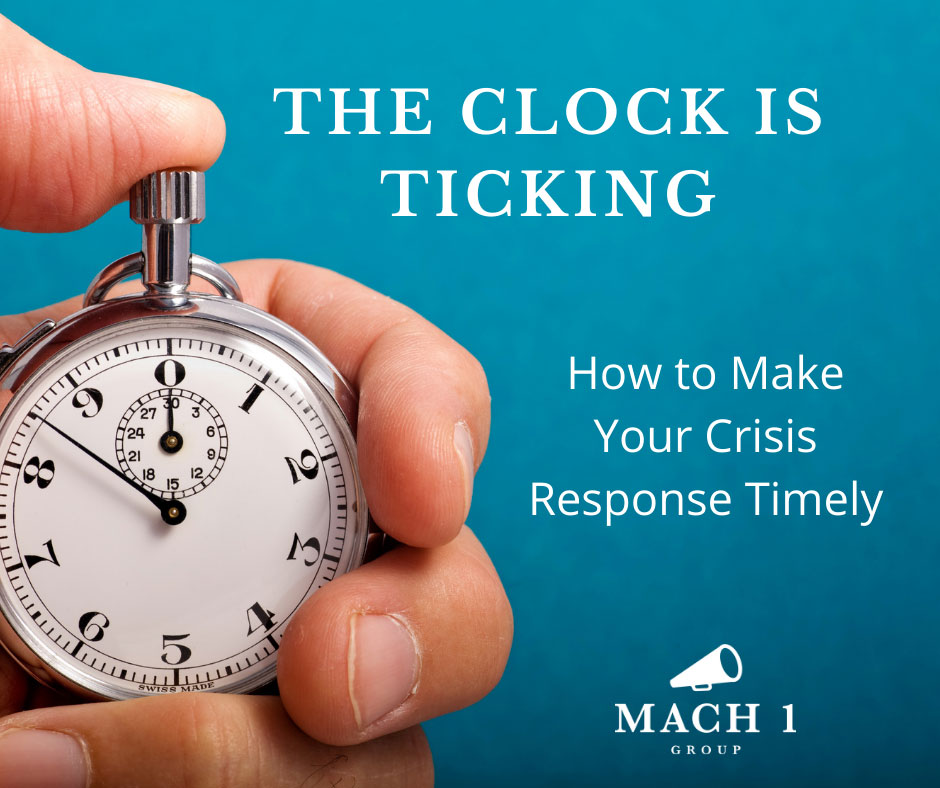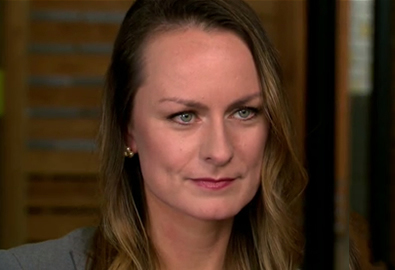When a crisis strikes, the clock starts ticking. Unfortunately, it takes most companies an average of 21 hours to respond. During that time, news has already spread as more than a quarter of crises are picked up by international media outlets within an hour, and two-thirds of crises reach media outlets worldwide within the first 24 hours.
Every second counts when you’re dealing with a crisis. Here are a few tips to help speed up your response when the clock is ticking.
Have a Plan
Organizations that implement a crisis communications process that allows for swift communication – even as facts are still being gathered and response plans finalized – reap the benefits of appearing more transparent, more responsive and able to handle any emergency.
Know Your Message
While you cannot prepare for every situation, you likely know your organization’s risks. Before a crisis strikes, review your organization’s messaging and compile potential talking points for a situation. These talking points should include your organization’s mission, values and recent achievements. Having this messaging ready to go allows your response team to mitigate the situation quickly.
Keep a Lookout
There are often indications before a crisis strikes. Thanks to the rise of technology, murmurs of a crisis often occur on social media before hitting the news. By monitoring keywords related to your organization and industry on social media, especially Twitter, your organization can get early warning signs of a crisis and gain a valuable advantage in your response time.
Companies are graded on how they handle a crisis and how they communicate about it. If you’re unsure how long it would take your organization to activate your crisis plans, now is the time to test them — before an actual incident occurs.


